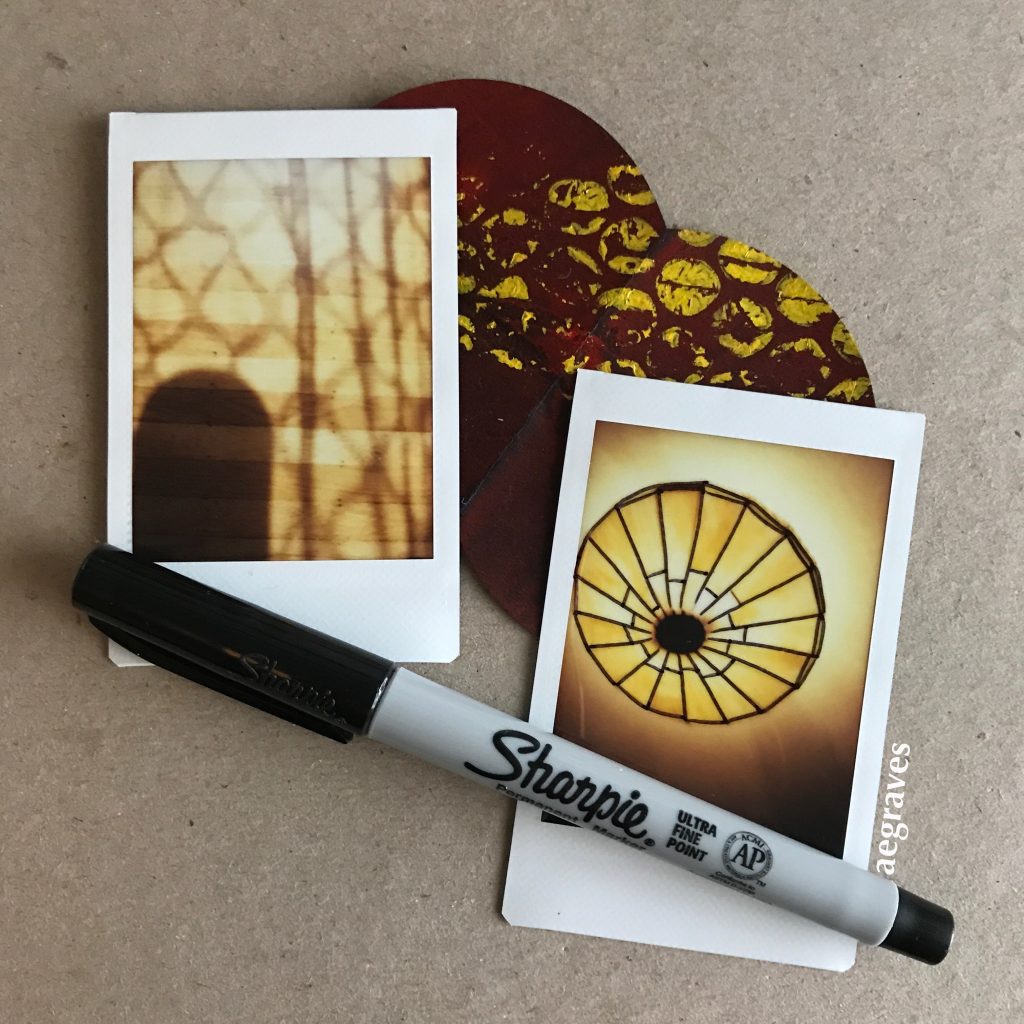The western half of San Francisco has had a very foggy summer, which isn’t unusual, but we are confused by the consistency. Our local weather is characterized by its general mildness, sure, but also by its variability. A week may have both hot and cold days; an afternoon may have both warm and cool hours. All of the seasons may be represented during the course of any month.
Dressing for the same weather more than four days in a row feels a bit off.
Many things still feel a bit off, honestly.
The inter-COVID recovery is continuing, but is not evenly distributed. Some streets feel nearly normal, where there is a proper “street life” of locals out and about, while others feel quite abandoned, as if auditioning to be the set of a disaster film. The background rumble of the City hasn’t been fully restored, though there are days when I see traffic backed up on the Bay Bridge or on some street, and those sights are somewhat comforting. A reminder of the before-times! (While polluting traffic isn’t something to celebrate, signs of human activity, even involving vehicles, feel like a return of some kind of vibrancy, however indirect.). My streetcar filled up with schoolchildren one morning, and while it was unexpected (I haven’t been on a FULL streetcar in months), it felt like a good development.
My two friends in other regions who suffered breakthrough infections have fully recovered. My friend in month 9 of long-COVID recovery is making good progress.
My city of 800k+ people is experiencing more than 100 new test-confirmed cases daily (sfdph.org), which isn’t great, but isn’t as bad as it could be. Masking on busy streets, even while outdoors, is coming back into fashion. (I now have a wider range of mask thicknesses to get me through different activities!) My state health department says that more than 48 million of us are vaccinated, and the state’s positivity rate is dropping again (around 3.5% right now for the state; it’s just 2.3% in my City/County). For comparison, the federal Center for Disease Control (CDC) shows still-alarming national numbers (over 8% positivity).
I would like to go to a COVID memorial site, or have one available locally to visit and light a candle or sit to contemplate the vast loss of life. I’m glad to read of this (albeit temporary) memorial art installation by District of Columbia artist by Suzanne Brennan Firstenberg, which is visually strong and thoughtful:
*
Two of my friends this week asked me when I think it will be possible to travel safely again, despite knowing I am no expert in epidemiology. (At least I’m not a musician with a cousin with a friend in Trinidad who is misrepresenting his condition?) (If you don’t know what that reference is about, you are lucky.) Maybe I’m an expert in traveling? Anyway, I can see myself traveling recreationally outside of my state again by this time in 2022 if conditions are right. In the meantime, I’m expecting more variants of concern that will need to be studied; data from the results of the mix-and-match clinical studies currently underway (to determine if we should get a different vaccine than we started with, to see if that improves our antibody levels in a useful way); and likely a booster shot based on information from all the studies going on.
I also expect that my travel considerations will be different going forward. I have a friend in New Orleans, but I won’t visit him soon, not only because of Hurricane Ida’s lingering damage, but because of infection rates and hospital availability. Any medical emergency could become fatal if hospitals are overflowing, and the lack of medical support colors my view of any destination! It would also feel wrong to visit a place where locals can’t get the vaccine. So a new list of criteria begins to form:
-low infection rates
-high local/national vaccination rates
-traveler vaccination requirements and testing to fly (so flying is safer)
-traveler testing upon/near arrival (so tourist activities are safer)
-emergency service / hospital availability
-open to U.S. travelers
-cultural attractions are open, operating, and accessible to visitors (note that capacity restrictions to prevent crowding during a pandemic are good and can make attractions more enjoyable; they need to be managed well, so I can know that I can get into museums and similar institutions during my visit with an easy online/mobile/kiosk reservation).
-tourism is supported by local communities & their leaders (I respect local government pleas NOT TO VISIT when they are struggling) and there is a safety culture, especially for public-facing workers.
I’m sure I’ll adjust this list as circumstances change, but this all feels reasonable to me at this time. Vaccination has made me feel safer, but having friends with breakthrough infections reminds me that my perception of safety is limited, and precautions are still required.








